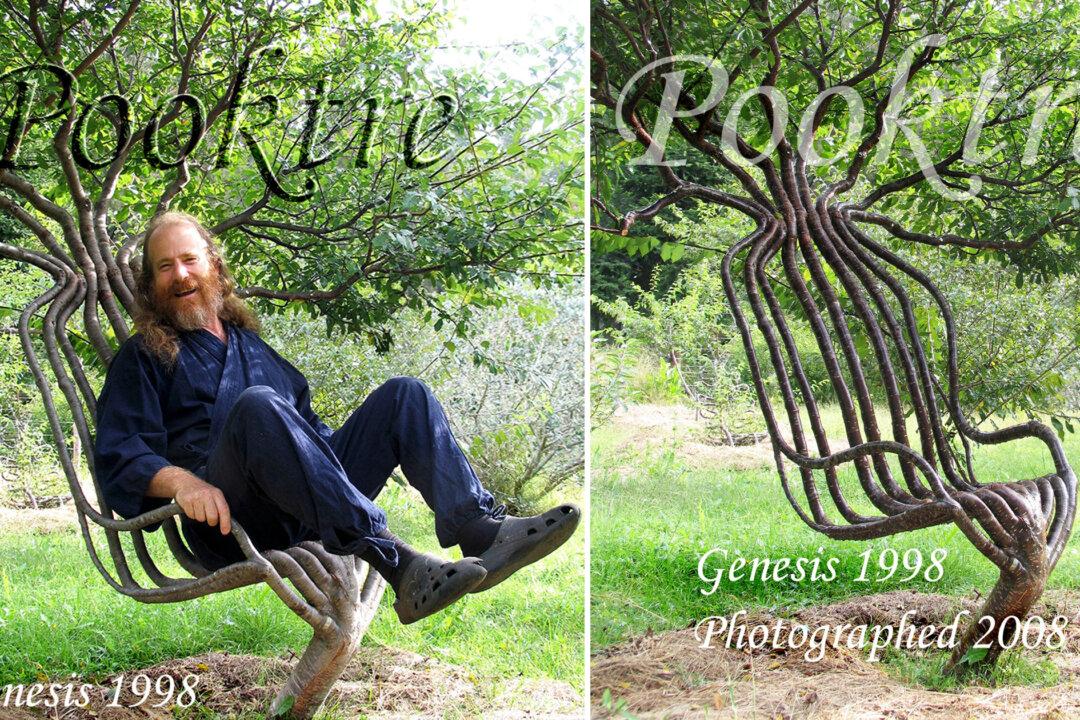Two self-taught artists from Australia have found their creative outlet in crafting furniture and art out of living trees. Through planning and patience, they make art that evolves over time, with the utmost respect for nature.
An incredible “living chair” that took nine years to finish has put the couple on the map.





